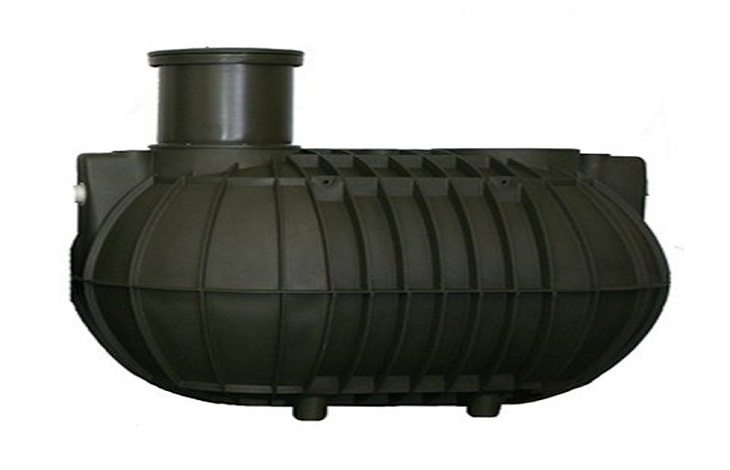Things To Keep In Mind When Choosing an Underground Water Tank

Underground water tanks are great for both residential and commercial spaces. They are a popular selection for homeowners across the world. That being said, here are a few things to keep in mind when choosing an underground water tank.
Capacity
Underground tanks generally have a larger capacity than above-ground tanks. Nonetheless, there are several options for the storage capacity.
Prefabricated tanks have a defined capacity. They are designed and manufactured off-site before installation. Some of the options include 2500-litre tanks, 5000-litre tanks, and 10000-litre tanks. Most prefabricated tanks are designed from steel or high-density polyethylene. Prefabricated tanks also offer the option of burying more than one tank. The installation process is intensive, but the outcome is a large water storage capacity.
The other type you can find is a concrete underground tank. These tanks are very versatile, and you get to choose the size you want since there is no limit to the design. The tanks can quickly go beyond the 20000-litre capacity. You only need the right design to get the capacity you want.
Cost
The cost implications of owning an underground water tank are high. There are several cost units involved in the process.
- Licensing and permit
Check your local laws as you may have to pay for a license or permit to excavate the ground for your water tank installation.
- Contractor
There is a charge for the digging process since machines are hired for the job. Many installation companies provide a comprehensive invoice covering everything from site preparation to burying the tank.
- Tank purchase
If you opt for a prefabricated underground tank, you will have to purchase the unit from the manufacturer, whereas the construction of a concrete tank falls in the hands of the installation company.
In general, the concrete option costs more than prefabricated units. This is due to the high material costs of underground concrete tanks and the reinforcement done during installation. Moreover, the installation of the tank requires some expertise.
Therefore, budget well before starting your underground water tank installation process.
Laws
It’s essential to look into the local and state laws that govern underground tank installation in your area.
Some laws provide requirements for underground tanks and give guidelines for on-site excavation. The laws are designed to protect natural aquifers, ensure safety and regulate excavation within an area.
You can talk to your local council to ensure you are not on the wrong side of the law. Nonetheless, most of the installation companies follow up on legal compliance.
Additional Fittings
Underground tanks accommodate numerous additional fittings that enhance the functions. These include:
- Pumps
Water pumps are often fitted in underground water tanks to facilitate the distribution of water for use. In most water storage systems, a smallholding tank is fitted above ground level to store water at high pressure for use.
- Filter
You can fit a filtration system alongside your underground water tank. This will ensure the water that enters the cistern is fit for use. Moreover, the filtration of debris will prevent damage to your pumping system.
The Unique Benefits
An underground water tank has unique benefits over above groundwater storage options. The tank is inconspicuous and takes up minimal space. Moreover, underground tanks are well protected from vandalism and other forms of property destruction. The tanks are also designed to last for decades.
The Installation Company
It’s essential to choose the right company for your underground water tank installation. Do thorough research and consult different people to find the leading names in the market. You don’t want disappointments on such a big project. You can never go wrong with an underground water tank. So, get yours today.
Read Also:
SAVE SPACE, WATER AND MONEY WITH UNDERGROUND WATER TANKS
How Storm-Water Pits Work





